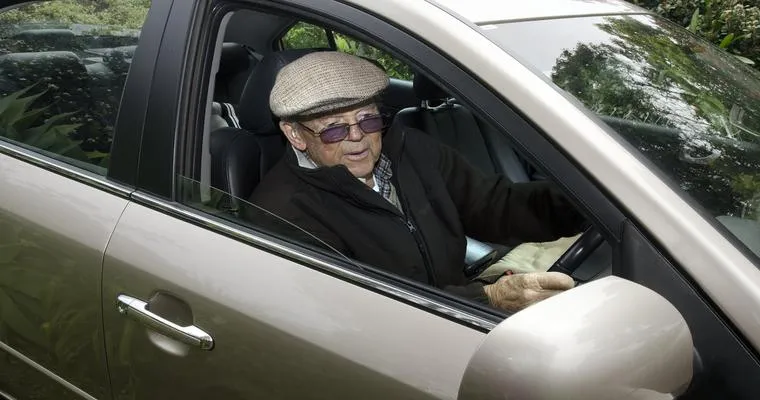As our loved ones age, their ability to drive safely can diminish, leading to concerns about their well-being and that of others on the road. Recognizing the "warning signs" that an "elderly driver" may no longer be safe behind the wheel is crucial for ensuring their safety and the safety of others. This article will delve into 20 key indicators that can help you assess whether an older adult is at risk of unsafe driving.
1. "Frequent Accidents": If an elderly driver is involved in multiple minor accidents or fender benders, it may indicate declining driving skills.
2. "Traffic Violations": Receiving tickets for speeding, running red lights, or other traffic violations can be a sign of impaired judgment.
3. "Confusion in Traffic": If the driver appears confused or unsure of where to go, especially in familiar areas, this may signal a problem.
4. "Difficulty Focusing": An elderly driver who struggles to concentrate on the road or easily gets distracted may need to reconsider their driving ability.
5. "Slow Reaction Times": If it takes longer for the driver to respond to traffic signals or other vehicles, this could indicate a decline in driving skills.
6. "Frequent Close Calls": If the driver experiences near misses or has to brake suddenly to avoid an accident, it may be time for a discussion about their driving.
7. "Changes in Vision": Vision problems, such as difficulty seeing at night or trouble with depth perception, can significantly impact driving safety.
8. "Health Issues": Chronic health issues or medications that affect cognitive or physical abilities can impair driving performance.
9. "Forgetfulness": If the driver often forgets directions or where they parked, this could be a sign of cognitive decline.
10. "Increased Anxiety": An elderly driver who expresses fear or anxiety about driving might be aware of their limitations.
11. "Difficulty Judging Distances": If the driver has trouble judging the distance of other vehicles or obstacles, it can lead to dangerous situations.
12. "Neglecting Vehicle Maintenance": An elderly driver who neglects regular vehicle maintenance may not be paying attention to safety.
13. "Driving Only During Certain Times": If the driver only feels comfortable driving during the day or in good weather, it may indicate fear or inability to handle challenging conditions.
14. "Loss of Confidence": A noticeable decrease in confidence while driving can be a red flag that the driver is struggling.
15. "Increased Use of Navigation Aids": Relying excessively on GPS or navigation apps may indicate difficulty with spatial awareness.
16. "Changes in Driving Habits": Alterations in driving patterns, such as avoiding left turns or busy intersections, can signal a decline in driving ability.
17. "Difficulty Turning the Steering Wheel": Physical limitations, such as arthritis or weakness, can hinder a driver’s ability to maneuver safely.
18. "Feedback from Others": Concerned family members or friends may notice changes in driving behavior that the elderly driver is unaware of.
19. "Unfamiliarity with Traffic Laws": If the driver seems unaware of current traffic laws or changes in rules, this could pose a danger.
20. "Self-Reporting Concerns": If the elderly driver expresses doubts about their ability to drive safely, it may be time to assess their driving skills.
In conclusion, recognizing these "warning signs" is essential for ensuring the safety of elderly drivers and others on the road. If you observe any of these indicators, it may be time to have a compassionate conversation with your loved one about their driving abilities. Addressing these concerns early can help prevent accidents and promote safer alternatives for transportation.





